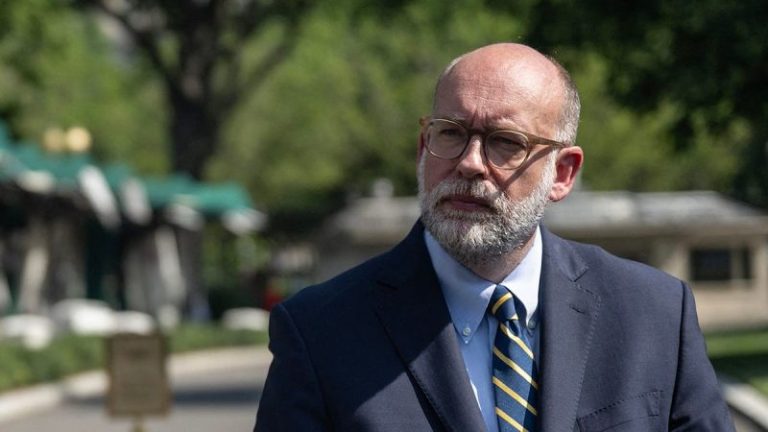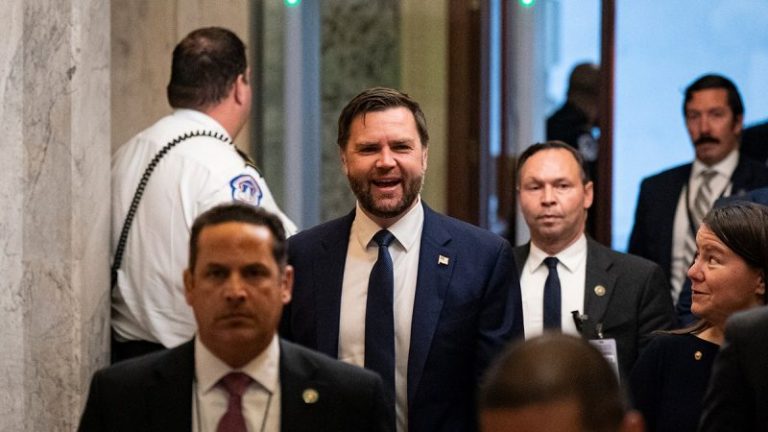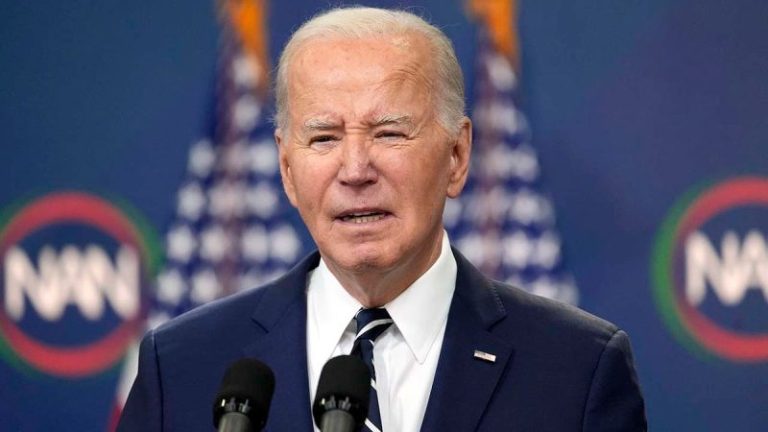What can you get for $9.4 billion?
3G Capital recently purchased footwear giant Skechers for $9.4 billion.
$9.4 billion could cover your rent for a pretty nice apartment in New York City for more than 40,000 years.
Yes, it will just be you and the cockroaches by then.
Or, you could pay the cost of every major disaster in the past four decades – ranging from Chernobyl to Fukushima to Hurricane Sandy.
But $9.4 billion isn’t a lot when cast against nearly $7 trillion in annual spending by the federal government.
And it’s really not much money when you consider that the U.S. is about slip into the red to the tune of $37 trillion.
Which brings us to the Congressional plan to cancel spending. That is, a measure from Republicans and the Trump Administration to rescind spending lawmakers already appropriated in March. The House and Senate are now clawing back money lawmakers shoved out the door for the Corporation for Public Broadcasting and foreign aid programs under USAID. The original proposal cut $9.4 billion. But that figure dwindled to $9 billion – after the Senate restored money for ‘PEPFAR,’ a President George W. Bush era program to combat AIDS worldwide.
In other words, you may have a couple thousand years lopped off from your rent-controlled apartment in New York City. Of course that hinges on what Democratic mayoral nominee Zorhan Mamdani decides to do, should he win election this fall.
Anyway, back to Congressional spending. Or ‘un-spending.’
The House passed the original version of the bill in June, 216-214. Flip one vote and the bill would have failed on a 215-215 tie. Then it was on to the Senate. Republicans had to summon Vice President Vance to Capitol Hill to break a logjam on two procedural votes to send the spending cancellation bill to the floor and actually launch debate. Republicans have a 53-47 advantage in the Senate. But former Senate Majority Leader Mitch McConnell, R-Ky., along with Sens. Lisa Murkowski, R-Alaska and Susan Collins, R-Maine, voted nay – producing a 50-50 tie.
Fox is told some Senate Republicans are tiring of McConnell opposing the GOP – and President Trump – on various issues. That includes the nay votes to start debate on the spending cancellation bill as well as his vote against the confirmation of Defense Secretary Pete Hegseth in January.
‘He used to be the Leader. He was always telling us we need to stick together,’ said one GOP senator who requested anonymity. ‘Now he’s off voting however he wants? How time flies.’
Note that McConnell led Senate Republicans as recently as early January.
But McConnell ultimately voted for the legislation when the Senate approved it 51-48 at 2:28 am ET Thursday morning.
Murkowski and Collins were the only noes. The services of Vice President Vance weren’t needed due to McConnell’s aye vote and the absence of Sen. Tina Smith, D-Minn. She fell ill and was admitted to George Washington Hospital for exhaustion.
As for the senior senator from Alaska, one GOP senator characterized it as ‘Murkowski fatigue.’
‘She always asking. She’s always wanting more,’ groused a Senate Republican.
Murkowski secured an agreement on rural hospitals in exchange for her vote in favor of the Big, Beautiful Bill earlier this month. However, Murkowski did not secure more specificity on the DOGE cuts or help with rural, public radio stations in Alaska on the spending cut plan.
‘My vote is guided by the imperative of coming from Alaskans. I have a vote that I am free to cast, with or without the support of the President. My obligation is to my constituents and to the Constitution,’ said Murkowski. ‘I don’t disagree that NPR over the years has tilted more partisan. That can be addressed. But you don’t need to gut the entire Corporation for Public Broadcasting.’
In a statement, Collins blasted the Trump administration for a lack of specificity about the precision of the rescissions request. Collins, who chairs the Senate Appropriations Committee in charge of the federal purse strings, also criticized the administration a few months ago for a paucity of detail in the President’s budget.
‘The rescissions package has a big problem – nobody really knows what program reductions are in it. That isn’t because we haven’t had time to review the bill,’ said Collins in a statement. ‘Instead, the problem is that OMB (the Office of Management and Budget) has never provided the details that would normally be part of this process.’
Collins wasn’t the only Republican senator who worried about how the administration presented the spending cut package to Congress. Senate Armed Services Committee Chairman Roger Wicker, R-Miss., fretted about Congress ceding the power of the purse to the administration. But unlike Collins, Wicker supported the package.
‘If we do this again, please give us specific information about where the cuts will come. Let’s not make a habit of this,’ said Wicker. ‘If you come back to us again from the executive branch, give us the specific amounts in the specific programs that will be cut.’
DOGE recommended the cuts. In fact, most of the spending reductions targeted by DOGE don’t go into effect unless Congress acts. But even the $9.4 billion proved challenging to cut.
‘We should be able to do that in our sleep. But there is looking like there’s enough opposition,’ said Sen. Rand Paul, R-Ky., on Fox Business.
So to court votes, GOP leaders salvaged $400 million for PEPFAR.
‘There was a lot of interest among our members in doing something on the PEPFAR issue,’ said Senate Majority Leader John Thune, R-S.D. ‘You’re still talking about a $9 billion rescissions package – even with that small modification.’
The aim to silence public broadcasting buoyed some Republicans.
‘North Dakota Public Radio – about 26% of their budget is federal funding. To me, that’s more of an indictment than it is a need,’ said Sen. Kevin Cramer, R-N.D.
But back to the $9 billion. It’s a fraction of one-tenth of one percent of all federal funding. And DOGE recommended more than a trillion dollars in cuts.
‘What does this say for the party if it can’t even pass this bill, this piddling amount of money?’ yours truly asked Sen. John Kennedy, R-La.
‘I think we’re going to lose a lot of credibility. And we should,’ replied Kennedy.
But the House needed to sync up with the Senate since it changed the bill – stripping the cut for AIDS funding. House conservatives weren’t pleased that the Senate was jamming them again – just two weeks after major renovations to the House version of the Big, Beautiful Bill. But they accepted their fate.
‘It’s disappointing that we’re $37 trillion in debt. This to me was low-hanging fruit,’ said Rep. Eric Burlison, R-Mo. ‘At the end of the day, I’ll take a base hit, right? It’s better than nothing.’
White House Budget Director Russ Vought is expected to send other spending cancellation requests to Congress in the coming months. The aim is to target deeper spending reductions recommended by DOGE.
But it doesn’t auger well for future rescissions bills if it’s this much of a battle to trim $9 trillion.
What can you get for that much money? For Republicans, it’s not much.
Republicans were swinging for the fences with spending cuts.
But in the political box score, this is recorded as just a base hit.
This post appeared first on FOX NEWS










